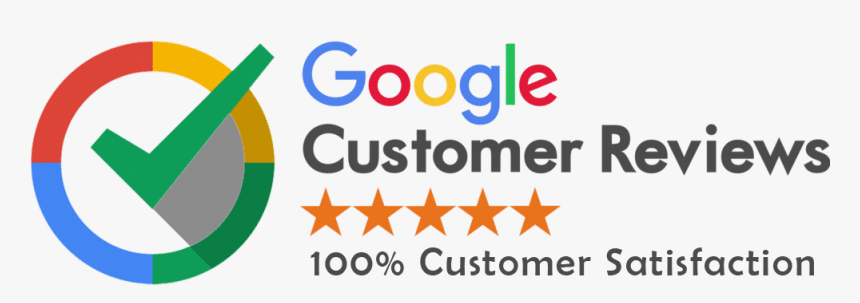Banner advertising is one of the oldest and still one of the most powerful ways to attract attention online. It involves placing a visual ad on websites to promote a product, service, or brand. If used smartly, banner ads can bring a good amount of traffic to your website, create brand awareness, and even boost conversions.
This article combines practical tips with key strategies that have been proven to work in banner advertising. It also fills the missing areas from previous discussions to help users get a full picture of what works and what doesn’t.

What is Banner Advertising?
Banner advertising is a form of online advertising where a rectangular graphic ad is placed on a web page to drive traffic to an advertiser’s Website. These banners are image-based and clickable, often placed at the top, sides, or bottom of a web page. Their goal is simple: grab attention and make users click.
Types of Banner Ads
To make the most of banner advertising, it’s important to know the types available:
- Static banners: Simple image ads without any animation.
- Animated banners: Ads that use GIFs or HTML5 for motion.
- Interactive banners: Include buttons or forms that users can interact with.
- Responsive banners: Designed to fit any screen size, including mobile and tablet.
Each type has its use depending on your goal and the platform you’re using.
Ideal Banner Sizes and Placements
Banner size matters. If your ad isn’t the right size, it may not be approved or may look distorted. Here are the most commonly used sizes:
- 728×90 (Leaderboard)
- 300×250 (Medium Rectangle)
- 160×600 (Wide Skyscraper)
- 320×50 (Mobile Leaderboard)
Placements:
- Above the fold (top of the page): High visibility.
- Sidebar: Good for repeated exposure.
- Footer: Less intrusive, but good for brand recall.
Color Psychology and Design Simplicity
Your banner ad should use colors that attract clicks. Bright colors like blue, green, and yellow often work well. Avoid using too much white, red, or black, as they can be either too dull or too harsh.
Design Tips:
- Use clean and bold fonts.
- Include high-quality images.
- Keep the message short and clear.
- Always add a strong call-to-action (CTA).
Strong Call-to-Action Phrases
A CTA invites users to do something. Common CTAs that improve click rates:
- “Click Here”
- “Get Free Trial”
- “Download Now”
- “Buy Today”
CTA should be placed on the right-hand side of the banner for better visibility. Research has shown this increases click rates by up to 15%.
Use of Animation and Movement
Animated banners using GIFs or HTML5 can increase attention. Horizontal movement, in particular, grabs the eye. But make sure the animation is not too fast or flashy—it should serve the message connecting modern advertising.
Animation can boost engagement by up to 25%, especially when it’s subtle and used smartly.
Targeting the Right Audience
Banner ads should never be shown to everyone. Use demographic and interest-based targeting to make sure your ads reach the right people.
Tips for Targeting:
- Age group targeting
- Location-based targeting
- Device targeting (mobile, desktop)
- Behavioral targeting (based on search history or site visits)
A/B Testing Your Banner Ads
Testing helps you find out what works best. A/B testing means you try different versions of your ad to see which performs better.
What to Test:
- Different CTAs
- Color schemes
- Image choices
- Banner size
This helps in improving your ROI and ensures you’re not wasting money.
Best Platforms for Banner Advertising
Not all websites or networks are the same. Choosing the right platform is important.
Top Platforms:
- Google Display Network (GDN): Massive reach with advanced targeting.
- Facebook & Instagram: Good for visual storytelling.
- LinkedIn: Ideal for B2B products.
- Programmatic Ad Networks: Use AI to auto-place ads for best results.
Performance Metrics to Monitor
Running a campaign is not enough—you need to track how it’s doing. Here are the key metrics:
- CTR (Click-Through Rate)
- Impressions
- Conversion Rate
- Cost per Click (CPC)
If your CTR is low, try updating your banner design or CTA.
Compliance and Ad Policy Awareness
Make sure your banners follow the platform’s advertising policies. For example:
- No misleading content
- Avoid too much text
- Respect copyright rules
Non-compliant ads may get disapproved or even lead to account suspension.
Make Your Banner Mobile-Optimized
Most people browse on mobile, so your banners should be designed to load fast and look great on small screens.
Tips:
- Uses make website more responsive design
- Keep file size low (under 150KB)
- Make CTA buttons large and easy to tap
Read Also: Tips, Tricks, and Best Practices for Responsive Design
Use Interactive Elements
Adding clickable elements like radio buttons or mini forms can encourage interaction. While not always necessary, it can be helpful for special promotions or data collection.
Real Examples and Success Cases
Here are two fictional but realistic examples:
Example 1: An online course company ran two banners: one with “Enroll Now” and another with “Start Free Trial.” The free trial version got 35% more clicks.
Example 2: A travel agency used static vs. animated banners for the same deal. The animated version saw 22% more conversions.
Conclusion
Banner advertising is still very relevant in online marketing. The key is to combine strong visuals, smart placement, clear messaging, and proper testing. With the tips and tricks discussed here, anyone can create more effective banner ad campaigns that not only get clicks but also convert.
Keep experimenting, track your results, and adjust your strategy to get the most out of your banner ads.










